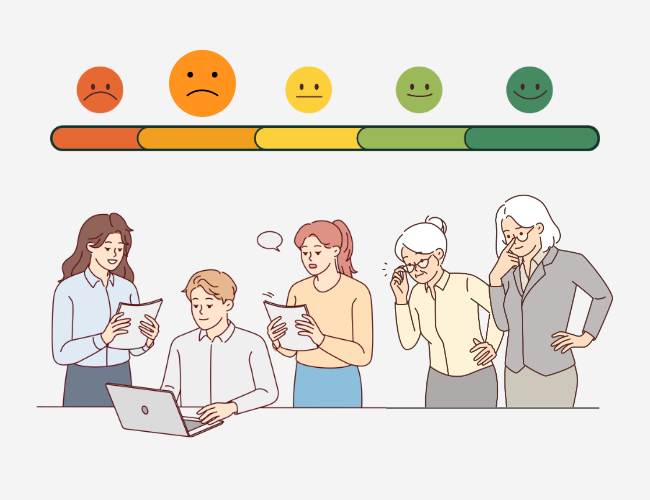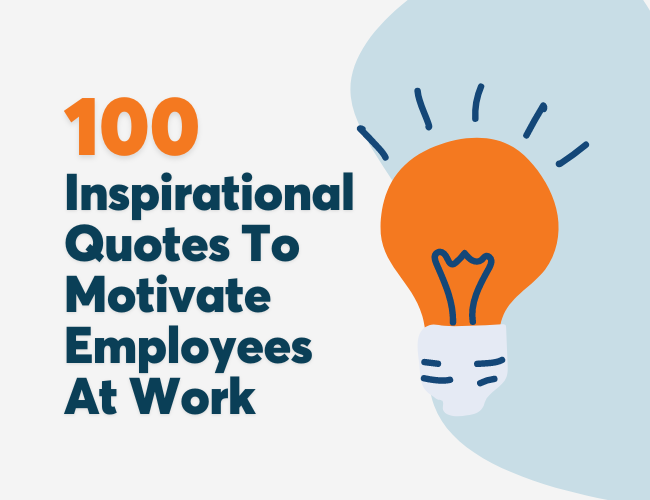Whether through exercise competitions, mindfulness activities, or financial wellness tools, corporate wellness programs have focused heavily on benefits that help employees help themselves.
This approach to employee well-being overlooks an important fact—many employees are caregivers who, in addition to their own well-being, must consider the well-being of their children, parents, or other loved ones. Since these added responsibilities impact the caregiver’s health (e.g., additional stress, etc.), progressive employers are providing caregiving benefits to complement the rest of their wellness offerings.
Caregiving benefits have become increasingly popular over the past couple of years, as the pandemic gave rise to a steady stream of new caregivers. According to one report, 18% of today’s caregivers were not providing care pre-pandemic. Moreover, the number of caregiving demands has increased, and each has become more difficult to satisfy. For instance, as childcare services fluctuate their hours, parental responsibilities frequently overlap with organizational duties. With so many employees struggling to protect their loved ones’ health, caregiving benefits are more important than ever.
To help employers make informed decisions as they navigate the caregiving benefits space, this year’s Employee Wellness Industry Trends Report asked brokers to pick the top three new solutions their clients are using to support caregivers in the workplace.
What new offering are your clients using to support caregivers in the workplace (choose top 3)?
Their responses reveal an interesting trend. Employers are focusing on broad, multi-purpose solutions to support caregivers. For example, brokers frequently listed flexible work schedules (62%) and telecommuting (58%) as their top new benefits. While caregiver-provider referral services placed third (40%), far fewer brokers listed other caregiver-specific benefits.
If employers are looking to help caregivers, why are they focusing on broader benefits as opposed to caregiver-specific ones? Brighid Sullivan, Director of Wellable Labs, sheds some light, stating:
“In today’s landscape, many employees struggle to fulfill their dual roles as employees and caregivers. The unpredictability and urgency of caregiving obligations make this balancing act especially difficult. Loved ones can require care at unexpected times, meaning caregivers benefit from the freedom to swiftly adjust their schedules. While the popularity of flexible work schedules is likely due to this benefits’ ability to serve a wide range of needs, it is also because caregivers need flexibility.”
In other words, though employers may be choosing broader benefits to help caregivers because they want multi-purpose solutions, they are also thinking about what caregivers need the most.
Though flexibility is highly impactful, Sullivan notes that caregiver-specific benefits are essential. She states:
“Though a lack of flexibility is one source of stress among caregiving employees, other difficulties are more specific to caregivers. For example, many caregivers are responsible for coordinating professional services or assistance, which can be expensive and difficult to find. As a result, real-time access to strategies and solutions that meet the particular needs and challenges of caring for loved ones remains vital.”
Takeaway
As employers continue to take a more comprehensive and holistic approach to employee wellness, they must remember that the employees they are programming for have caregiving responsibilities that influence their health and often interfere with their ability to utilize their organization’s wellness offerings.
Fortunately, many companies are adjusting their benefits packages accordingly, offering employees the time and location flexibility needed to manage their caregiving duties. However, while these benefits are essential components in any caregiving benefits package, they are not comprehensive. To meet all caregiving needs, employers must include more pointed solutions that remove caregiver-specific obstacles to wellness.













